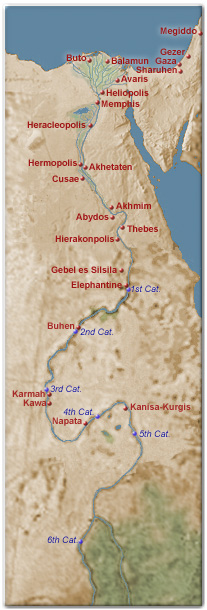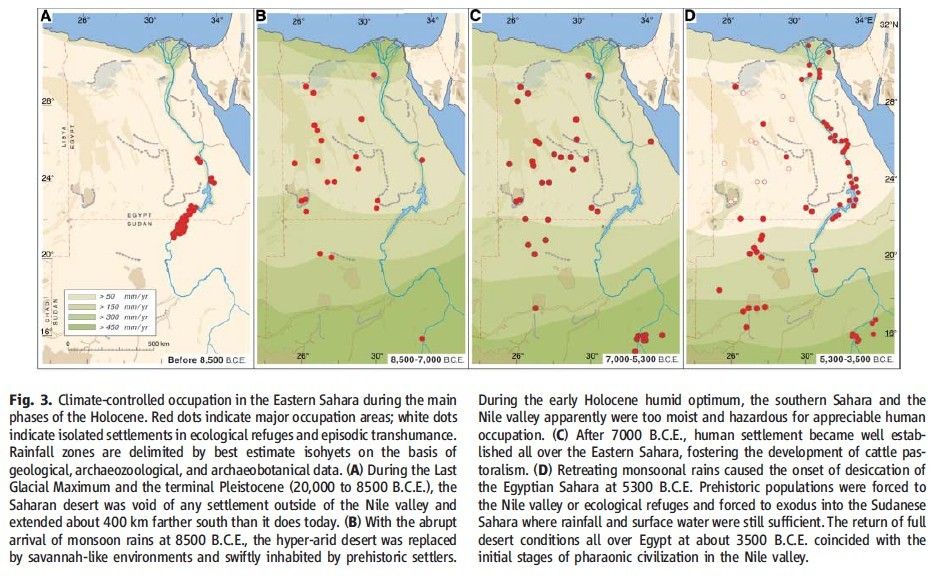code:
-------------------------------------------------------------------------------------------------------------
|5000 |4800 |3800 |3500 |2850 |2700 |2450 |2300 |2150 |2050 |2000 |1750 |1640 |1550 |1530 |1500 |525 |"0" |350|
-------------------------------------------------------------------------------------------------------------
| SAI |
-----------------------------------------------------------------------------------------|
| N. KERMA | P. KERMA | | A. KERMA | M. KERMA | C. KERMA |
----------- ----------- ----- ----------------- ----------- -----------------------|
| A-GROUP | | C-GROUP |
-------------------------------------------------------------------------------
| TA SETI ? <- WAWAT -> ?
-------------------------------------------------------------------------------------------
? <- YAM | KUSH |
-------------------------------------------------------------------------------------------
| PRE EARLY & OLD TA_MERI | | MIDDLE KINGDOM | NEW KINGDOM - DYN. 26 |
-----------------------------------------------------------------------------
| HYKSOS |
-----------
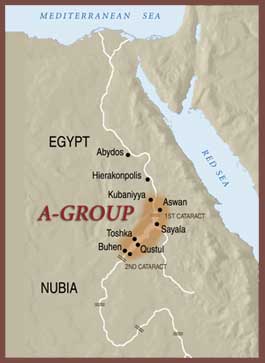

![[Cool]](cool.gif)
![[Big Grin]](biggrin.gif) This comment was funny and extremely correct in my opinion.
This comment was funny and extremely correct in my opinion.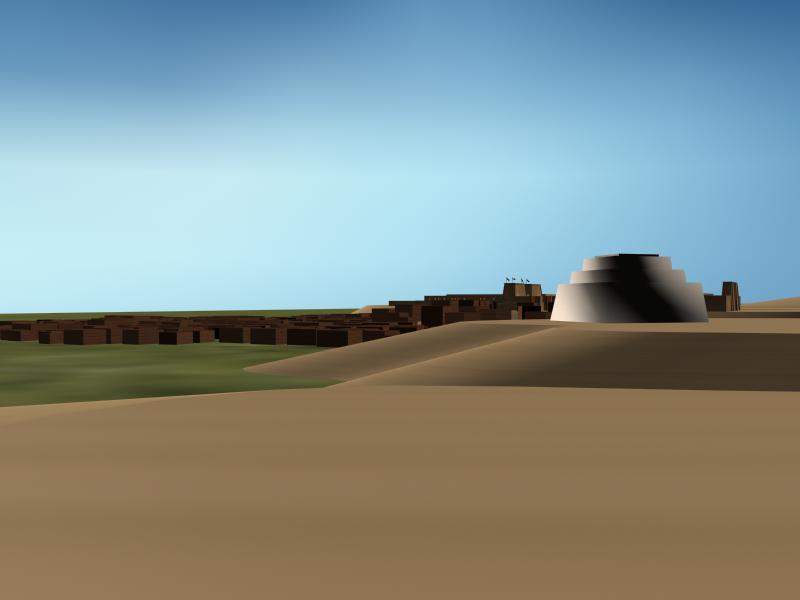

![[Smile]](smile.gif)
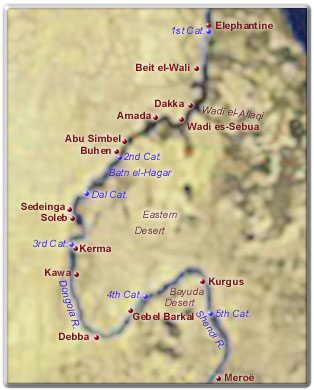

![[Embarrassed]](redface.gif)







